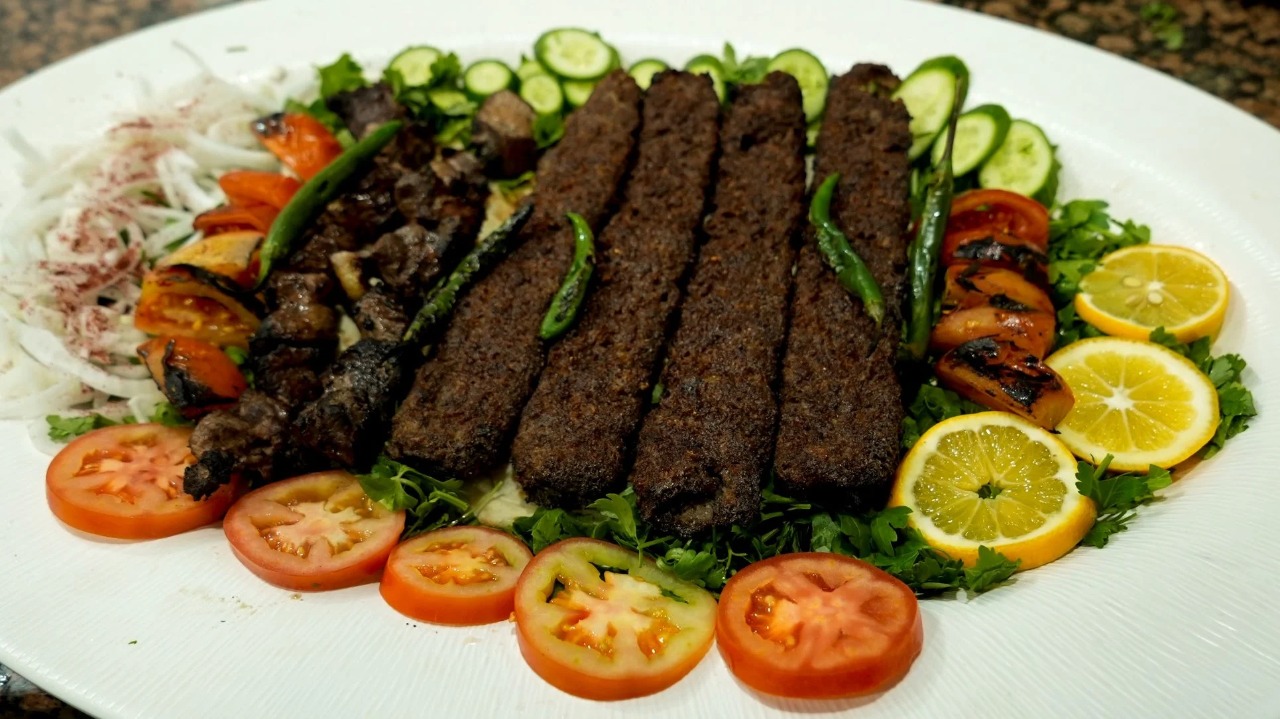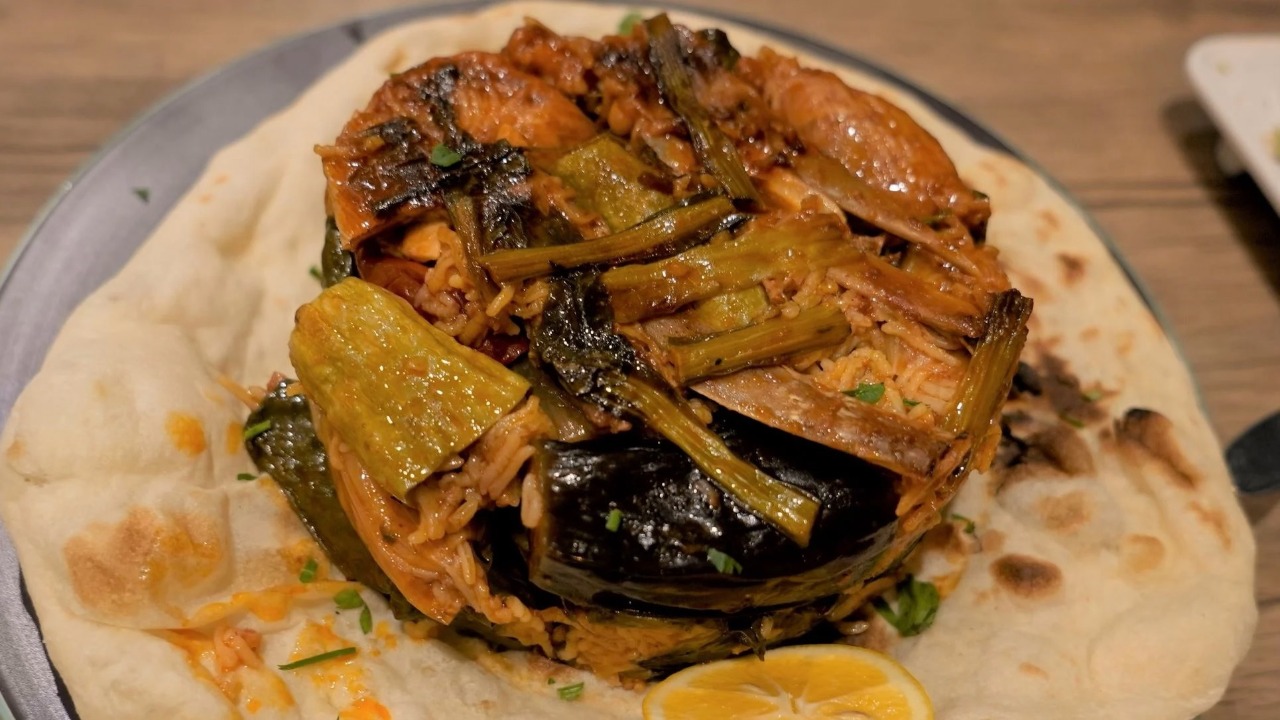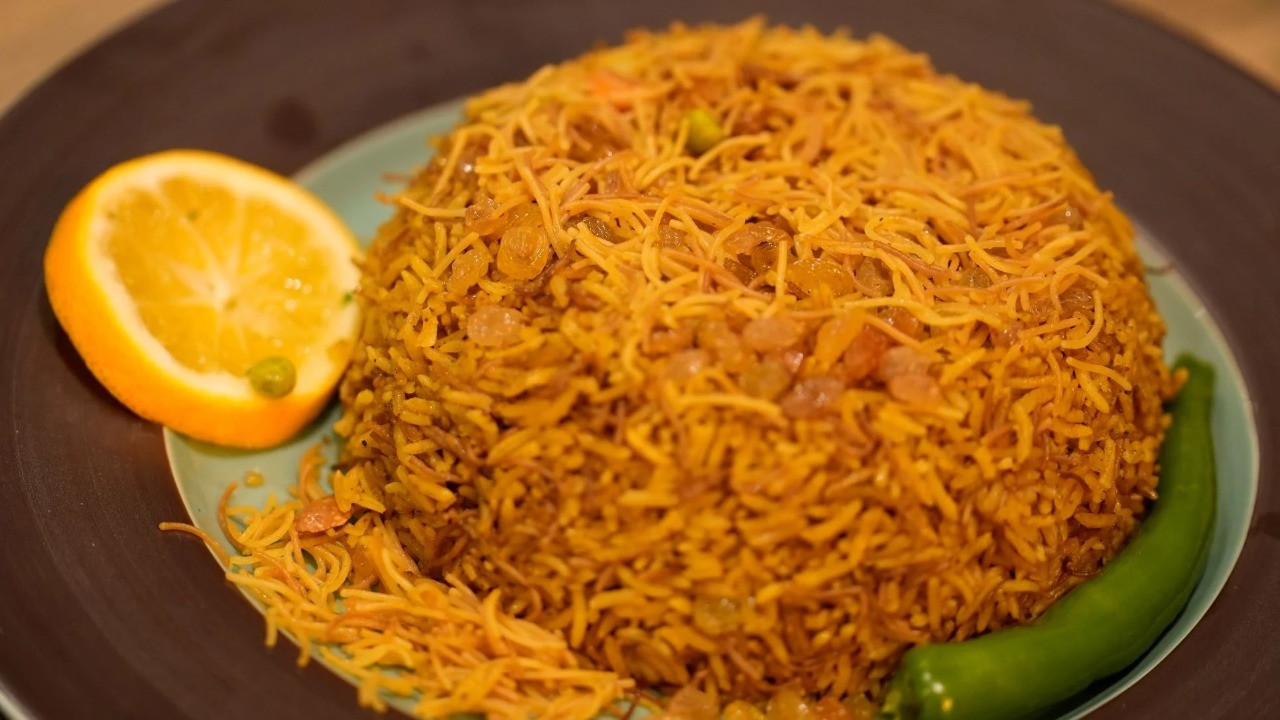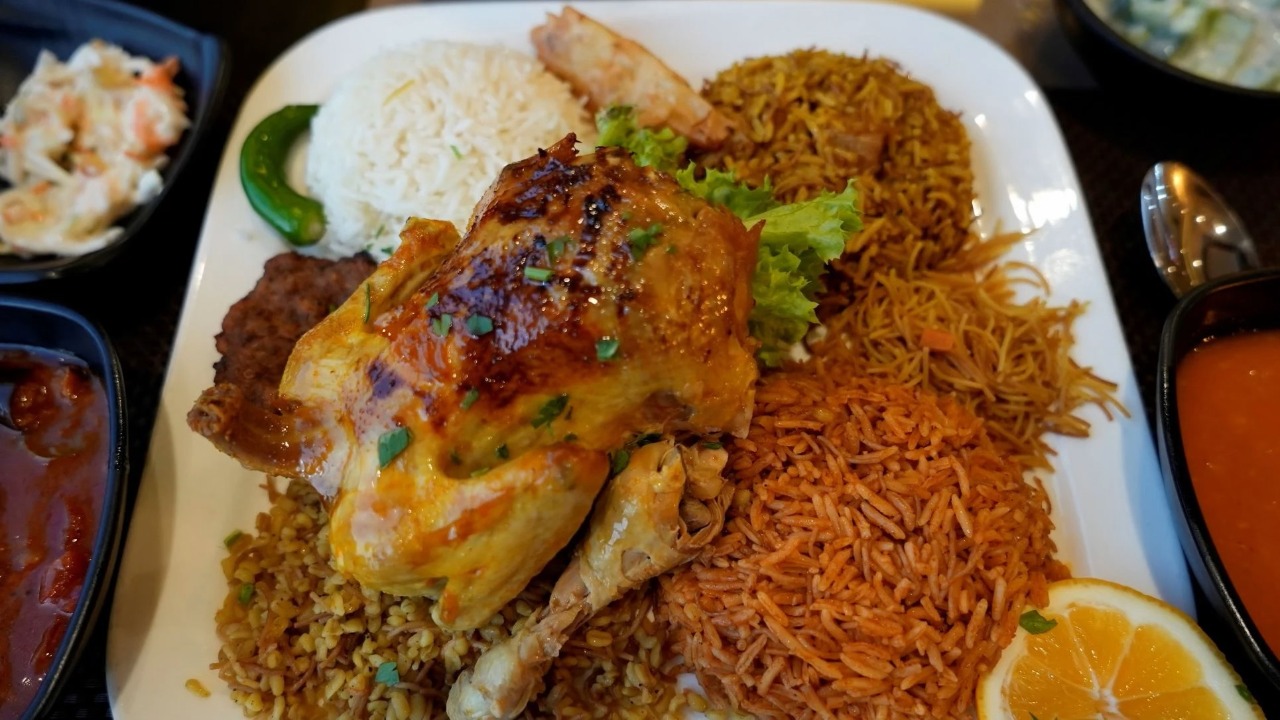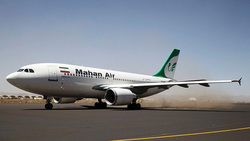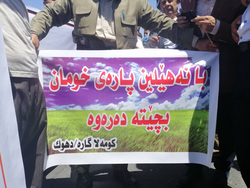Five dishes you have to try in Erbil, Report
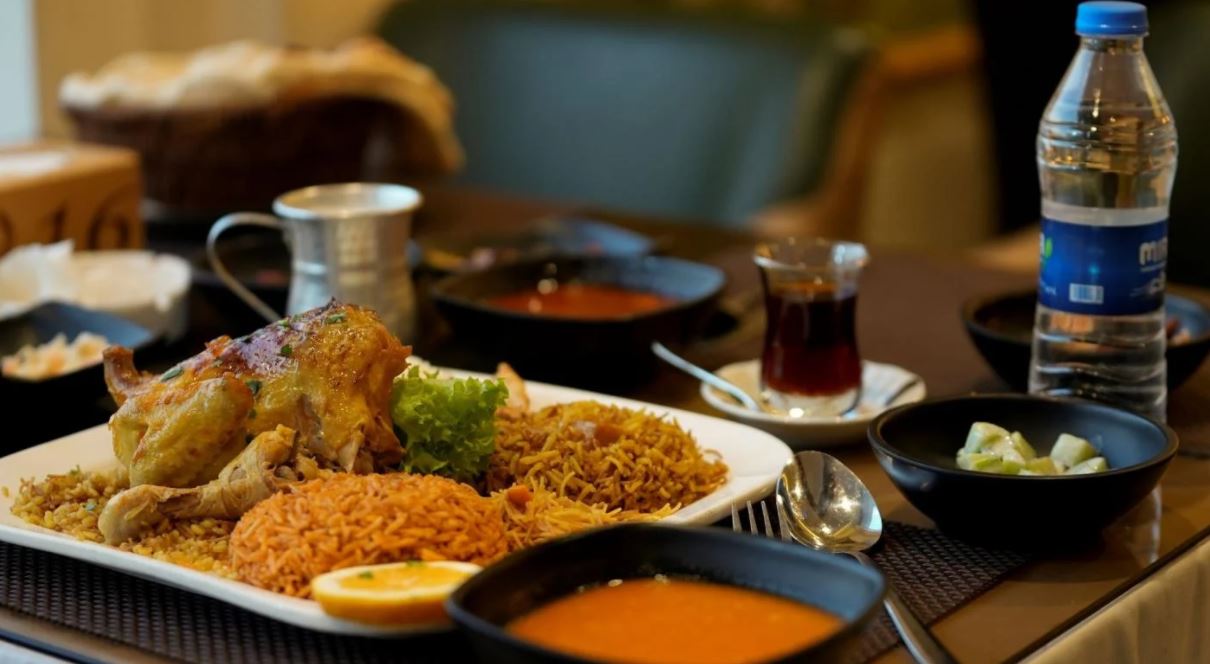
Shafaq News / Think of Middle Eastern food and staples like falafel, hummus, shawarma or baba ghannoush come to mind. But as popular as these dishes are, sticking exclusively to the familiar names means missing out on some lesser known delicacies. The capital of Iraq's Kurdish region, Erbil, is no exception to that rule and the city's eateries are keen to reward the more adventurous visitors with their dishes. Middle East Eye visited chef Mohammed Swadi's restaurant in Erbil, as well as the Kebab Yaseen restaurant, to try what was on offer, and first on the menu was an Iraqi version of dolma.
This version of the Middle Eastern classic is different, as it's prepared with chard leaves instead of the traditional grape leaves used elsewhere in the region. But its preparation remains similar - a mixture of rice and minced meat wrapped in leaves and stewed with animal fat, sheep ribs, spices, lemon juice, tomato paste and pomegranate molasses. If there is mixture left over, it can be used to stuff other vegetables, such as bell peppers or marrow.
Iraqis place a large flat tray over the top of the stewing pot and flip it upside down, before revealing the preparation just before serving. (All pictures by Azhar Al-Rubaie)
A lot of effort goes into presenting even the most straightforward dishes, the roast chicken above is lightly seasoned with bay leaves and curry powder, and sits on a bed of different types of rice, including plain jasmine and spiced rice, as well as bulgur wheat.
Maklouba, meaning "upside down", is a dish popular across the Arab world, and especially so in Levantine and Iraqi kitchens. The dish is a mixture of seared meat, alongside vegetables including fried aubergines, bell peppers and green beans. Carefully layered between rice inside a cooking pot, water is added and the mixture is left on heat for an hour until the rice is thoroughly cooked and the meat is tender.
The Erbil version is garnished with nuts and raisins and, like dolma, the pot is turned upside down before the dish is revealed.
Biryani is a dish most commonly associated with the Indian subcontinent, but versions of it can be found in menus across the Middle East. While very different in taste from the varieties offered in South Asia, there are similarities in the way the dish is prepared.
The basic recipe involves sauteing a mixture of meat and vegetables in a little oil along with onions, garlic and a mixture of spices. Once the ingredients have softened, they are mixed in with plain rice, usually basmati, and cooked further until all the ingredients have binded together. The version prepared at Mohammed Swadi’s restaurant uses a mixture of onions, potatoes, peas, curry powder, black pepper, cinnamon and bay leaves.
Perhaps the most popular Middle Eastern menu item of all time, the kebab is more of a genre of food rather than one specific dish. Versions of the kebab can range from cubes of meat cooked over a grill to clumps of meat slow roasted over a vertical spit. The Ottomans are widely credited with its invention and spread, but references to similar dishes go as far back as Ancient Greek times.
The Kebab Yaseen restaurant in Erbil, first opened its doors in 1918, and is famed for its sumac-infused kebabs. Its version of the kebab is made using spiced minced lamb or beef, moulded on to a metal skewer and garnished with onions, parsley and tomatoes. Cooked over an open grill, the result is a kebab cripsy to the bite but tender inside.
(Middle East Eye)
